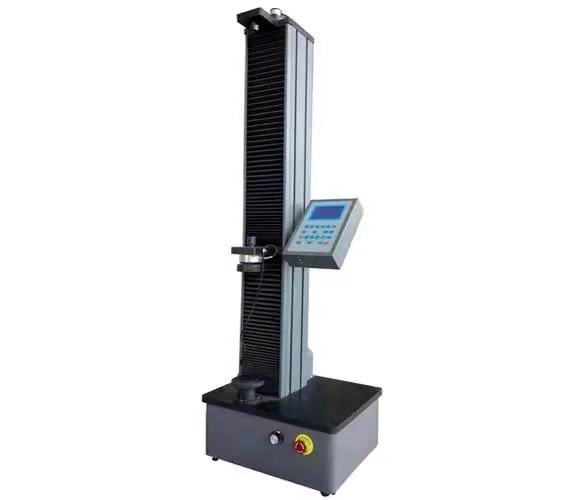
1. Sample preparation
1.1 From the appearance inspection qualified bare cable sample to at least 1 m length. Then according to the required length of intercepting specimens of not less than 3.
1.2 The effective length. Nominal cross-section of 50 mm and below, not less than 0.5 m; Nominal cross section for more than 50 mm, not less than 5 m; Overall length is equal to the effective length of the specimens and the necessary clamping length.
1.3 The ends of the specimen should be fastened outside the effective length of lane markings, to prevent specimen loss. Then the end wire strands are pulled down, bending, and single wire per share. After cleaning with low melting point alloy or resin cast into cone collet. Also can use legal pressure to chuck. Should avoid eccentric clamp.
2. Two test methods
2.1 Put the specimen within the jaw chuck clamping in the machine. The axis of the specimens should be centerline and coincides with the jaw.
2.2 Test jaw movement speed should be not greater than 100 mm/min. No impact on the smooth loading should be.
2.3 Continuous uniform load to 30% of the nominal tensile force of about 1 ~ 2 min, and then press this rate until pulled apart or cause drag mark. Record, maximum load (a valid number. Also can use stress + strain after the test specimen, and continue to load until the break, equally effective.
2.4 After tensile fracture should occur in the jaw. If the fracture occurred in the jaw, and less than 90% of the nominal value, the maximum load, should take another specimen test again.
3. Test results and calculation
3.1 Take no fewer than three specimen tensile forces of the arithmetic mean, as test results.
3.2 Wire tensile force can be calculated according to the strength of a single wire.